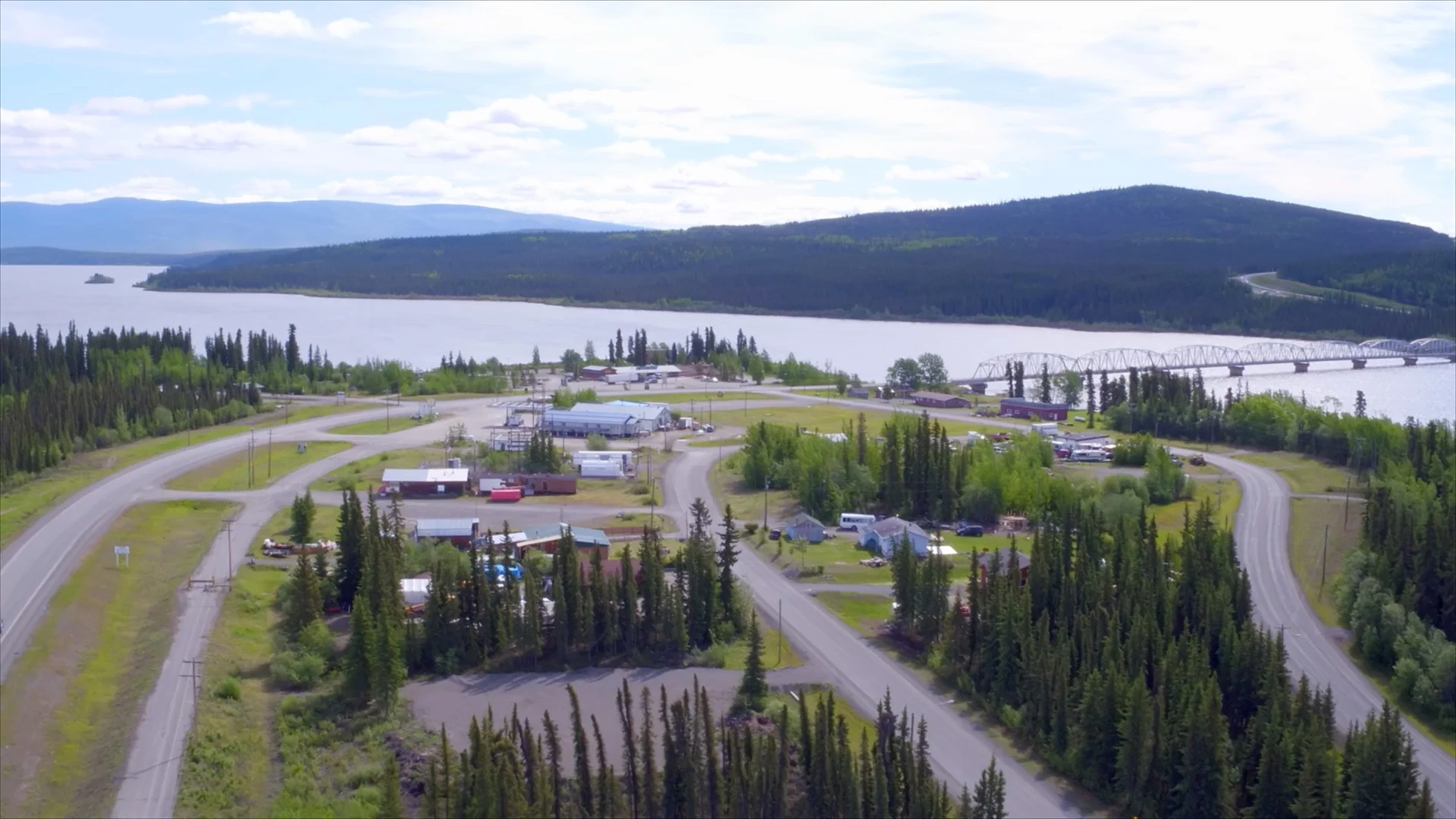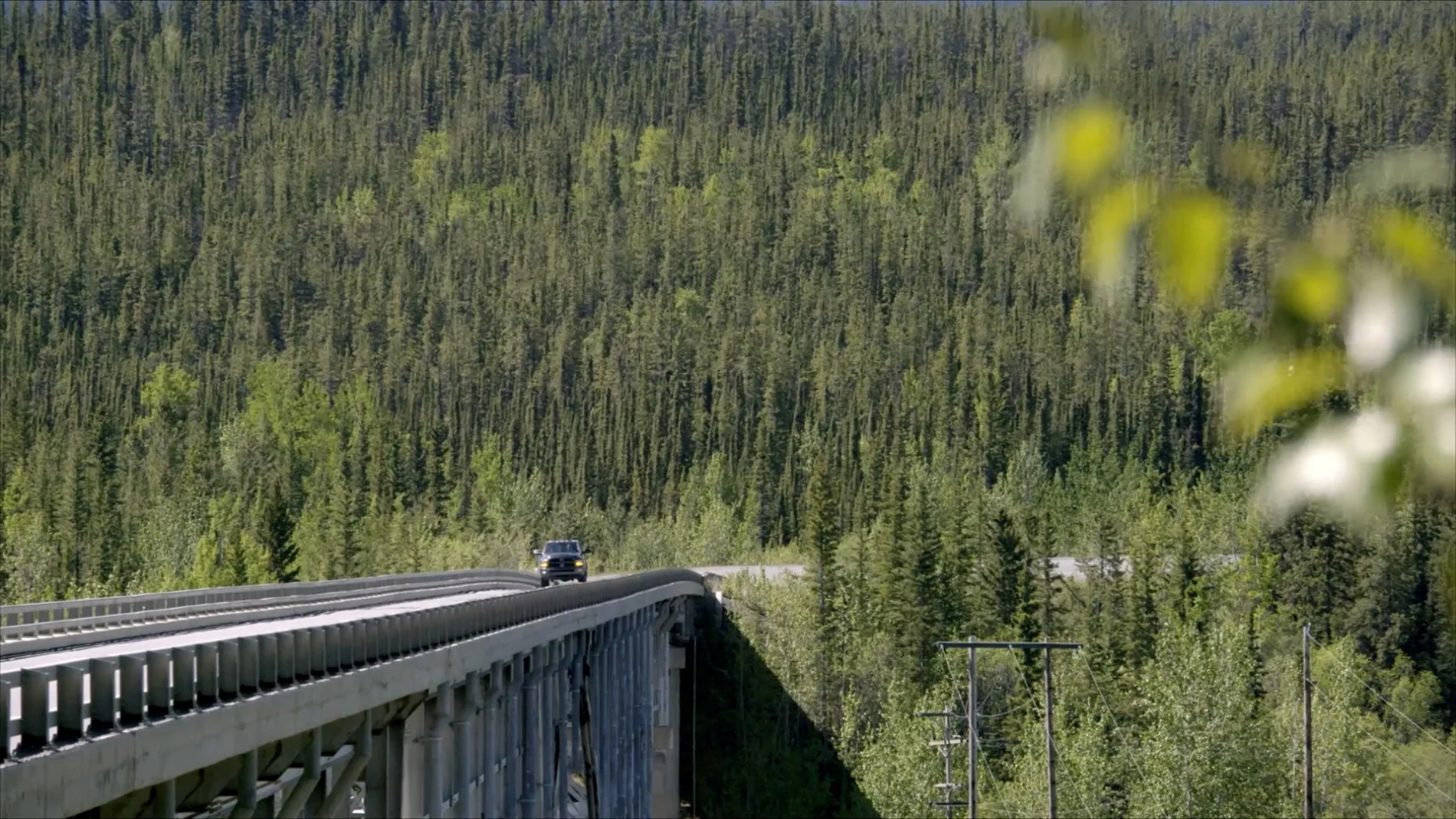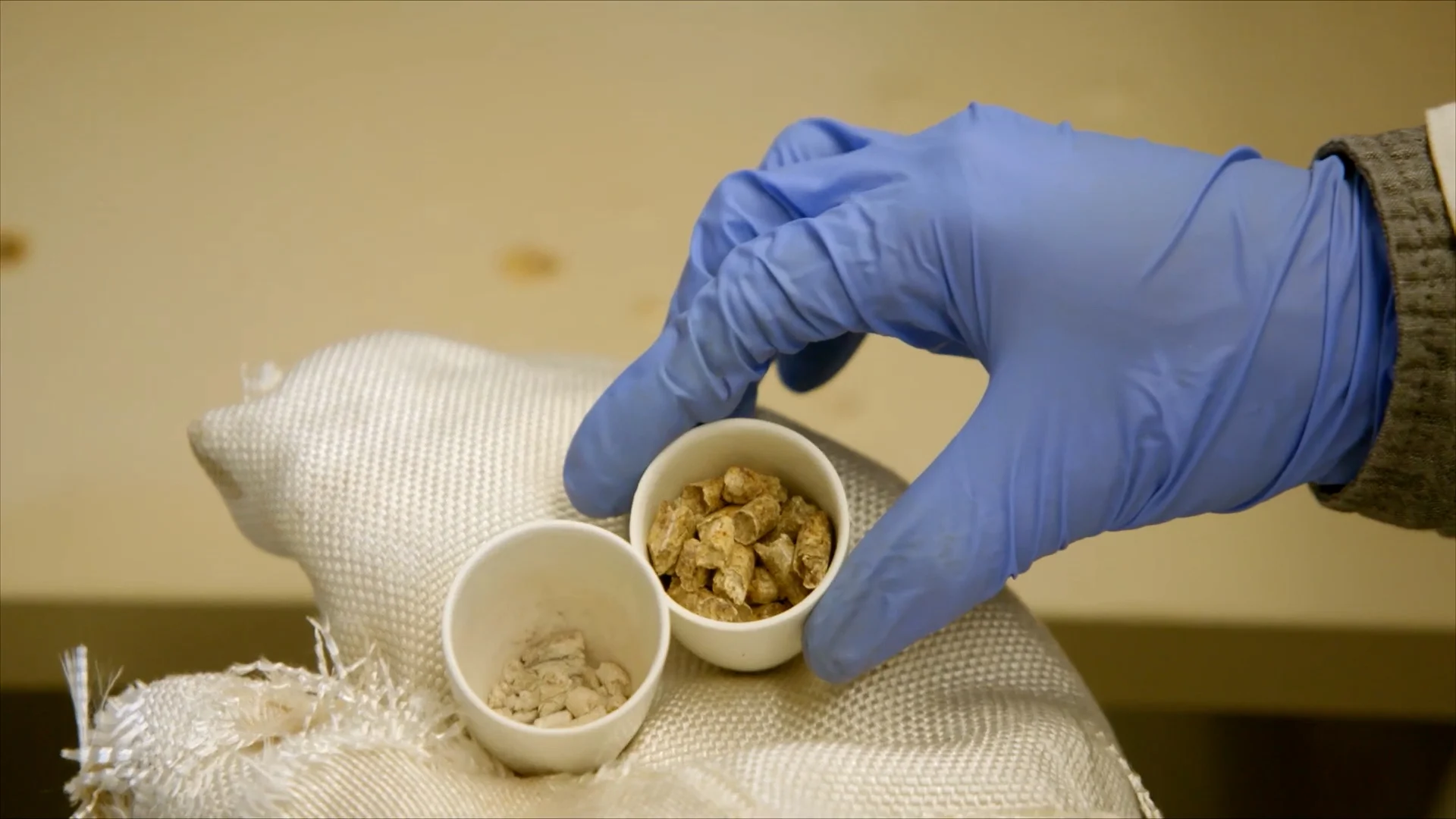
How diverted forestry waste in the Yukon generates clean energy
Organic waste destined for landfills is being diverted and used to generate low-carbon energy and create circular economic models.
The Teslin Tlingit First Nation located in the Yukon is surrounded by dense, untouched forests. Oftentimes small-scale lumber operations provide materials used to construct local roads and buildings.
The nation’s lumber mill was struggling to achieve long-term viability until community member Blair Hogan spearheaded an initiative to create a biomass facility that utilizes waste materials from the mill to provide clean energy to the community.
Melina Laboucan-Massimo, one of Canada’s leading climate change advocates and the host of Power to the People, visited the nation to learn more about how biomass energy projects are generating power across Western and Northern Canada.

An aerial view of the Teslin Tlingit First Nation. (Power to the People)
Biomass energy is created by burning organic material to create steam or hot water that can heat buildings. This energy source is a low-carbon option because the biomass was once part of a carbon sink that would have otherwise been destined for a landfill where it would rot and release carbon dioxide and methane. Although carbon is released when biomass is burned, it will be sequestered again by plants and forests after being combusted.
Sustainability across the entire supply chain is essential to make bioenergy projects low-carbon, which is why the Teslin biomass facility ensures that trees within the community are protected and only lumber scraps from road construction and infrastructure projects are used for biomass.

Laboucan-Massimo and Hogan driving through a densely forested area in the Yukon. (Power to the People)
In addition to gaining energy independence, the nation also sees many economic benefits.
“For every dollar that we spend on biomass, 95 cents stays in this community,” said Hogan.
Elmer Magill, a Teslin Tlingit First Nation member and employee at the biomass facility, says it’s probably the best thing that ever happened to his village.
“We are salvaging renewable resources and we're creating employment. It's doing good for your community and for the economy,” he said.
See also: How Tlingit Nation harnesses hydropower, geothermal energy
Laboucan-Massimo also visited the University of British Columbia’s (UBC) Biomass and Bioenergy Research Center. UBC is powered by biomass, largely sourced from post-consumer waste, for two-thirds of the year with the goal of heating all of the buildings on campus with bioenergy.
Dr. Fahimeh Yazdan Panah, a research manager of a team exploring the potential of biomass and bioenergy, showed Laboucan-Massimo how researchers are trying to improve energy density by compressing biomass materials into tiny pellets.

Biomass pellets that were made by the UBC research team. (Power to the People)
The small size of the pellet makes the material easier to handle, transport, and use for power generation, which are all important factors for scaling this energy source.
“There's a lot of biomass being dumped in the landfill unnecessarily. All of this biomass could be diverted — there is a lot of opportunity there,” said Panah.
Watch the video above to learn more about how biomass materials, which would otherwise be wasted, are used to generate energy in B.C. and the Yukon.
Thumbnail image: Laboucan-Massimo and Hogan looking at the wood chips that were made at the local biomass facility. (Power to the People)












